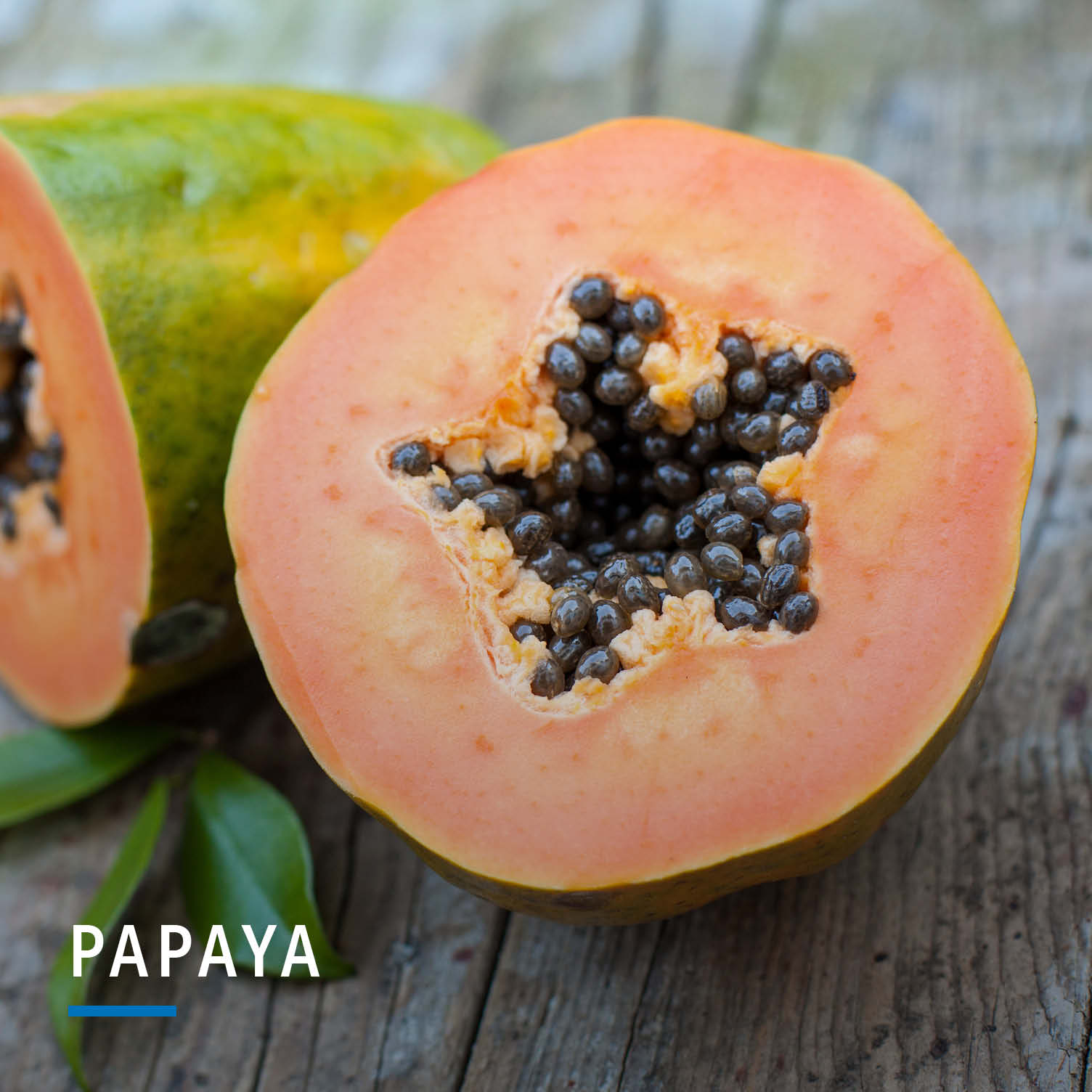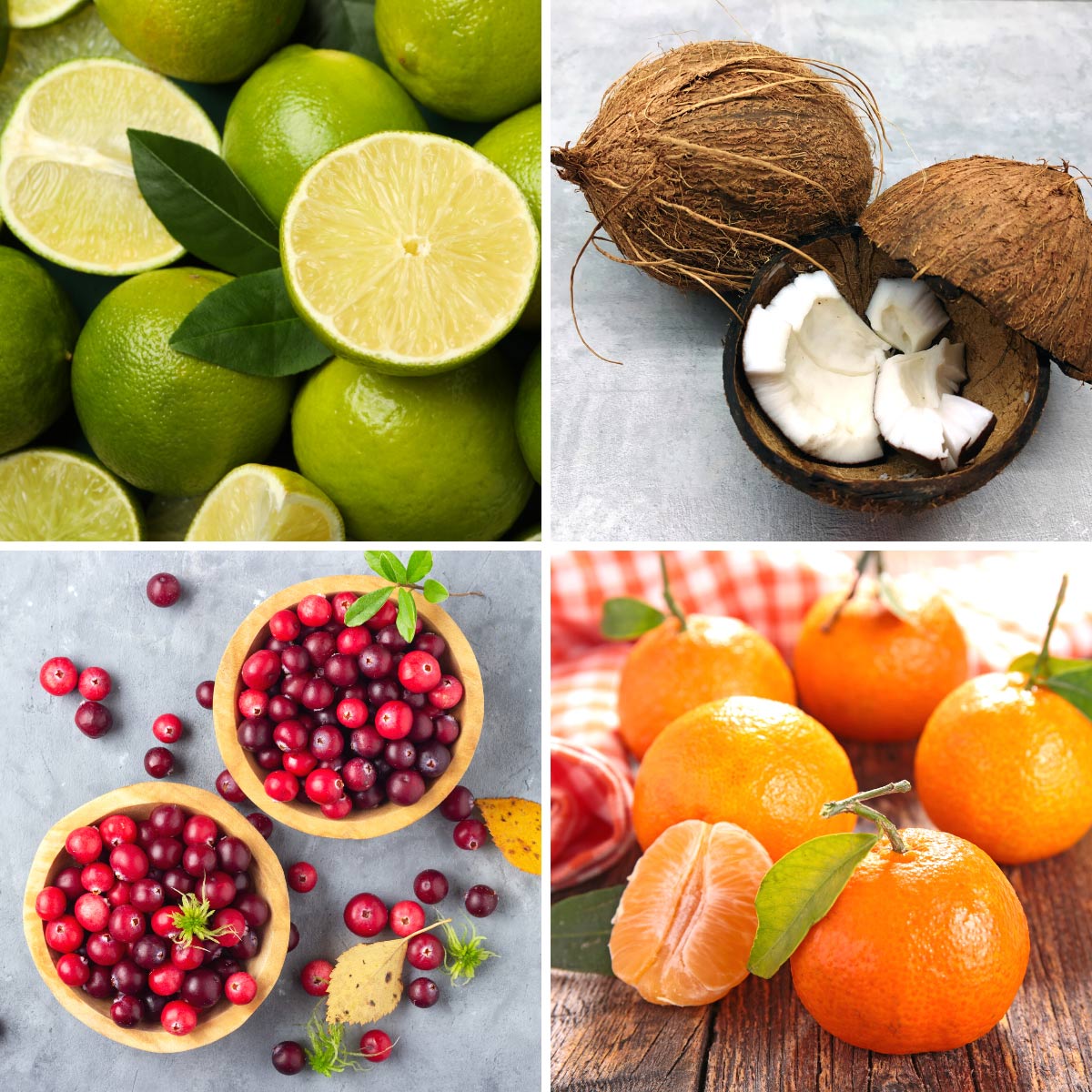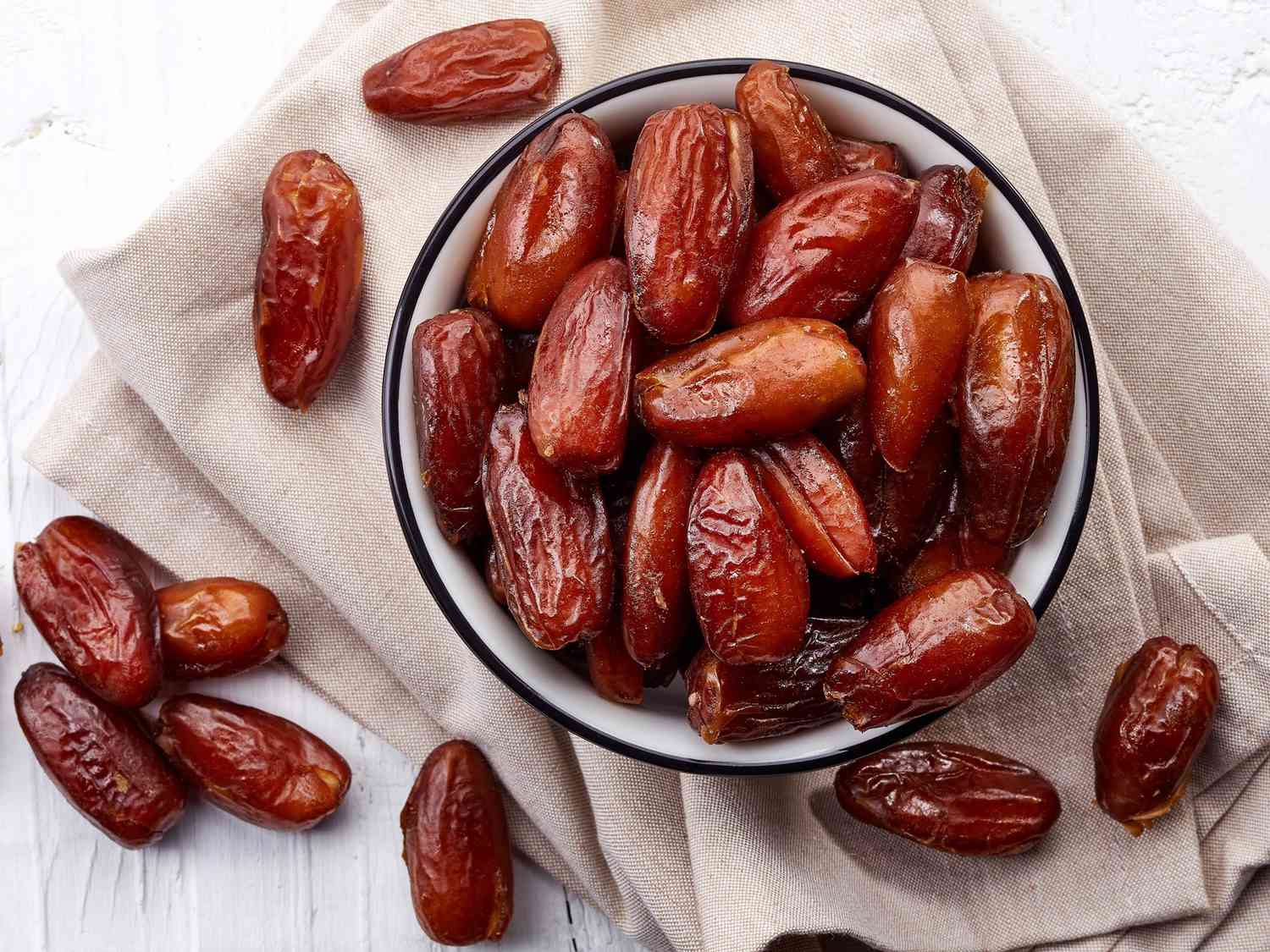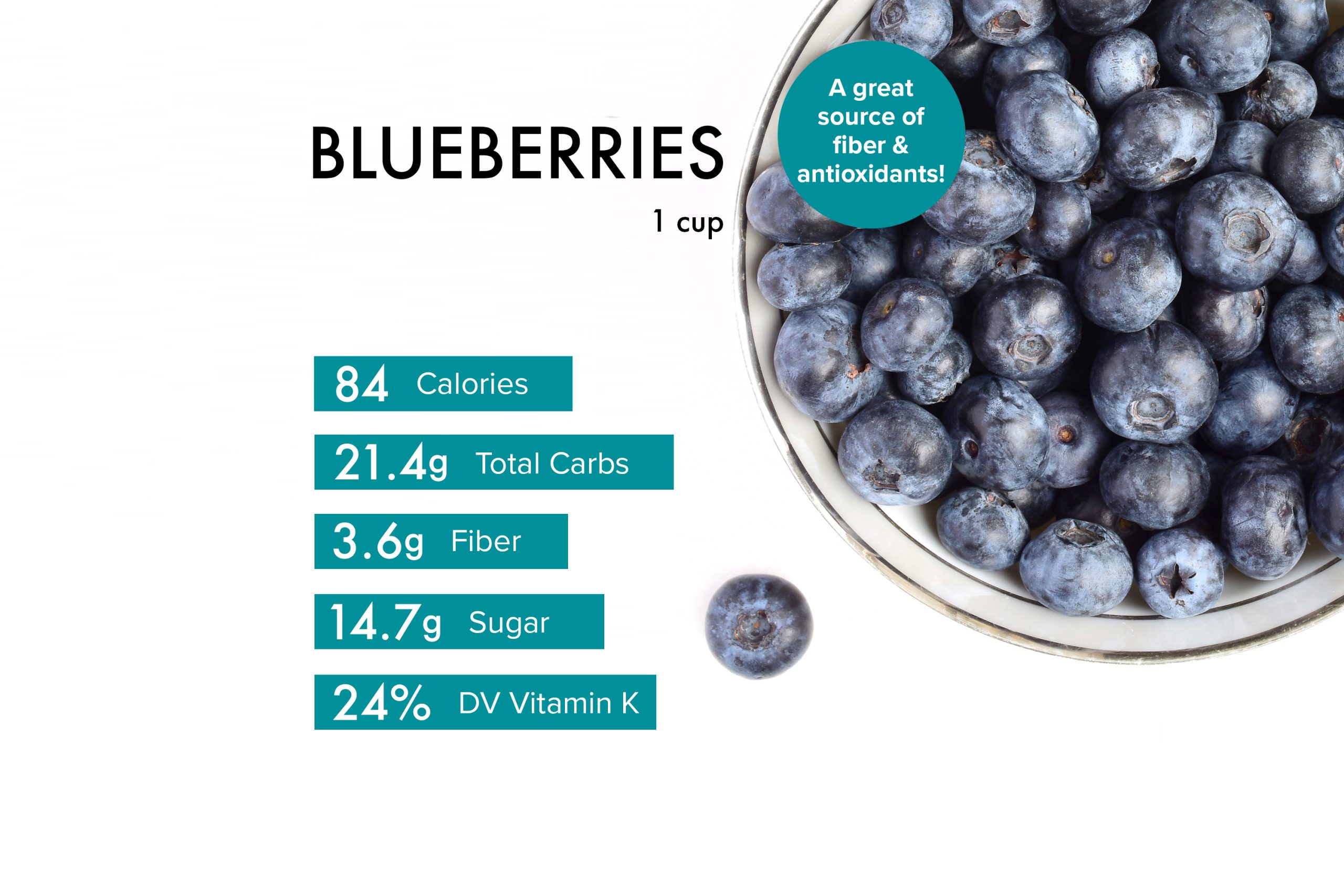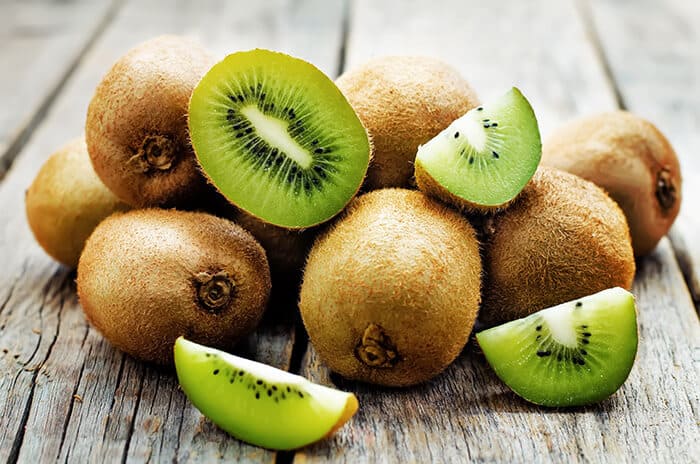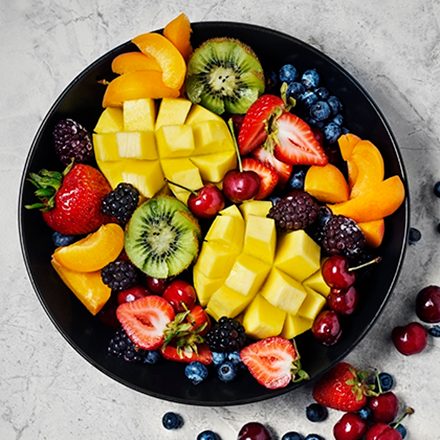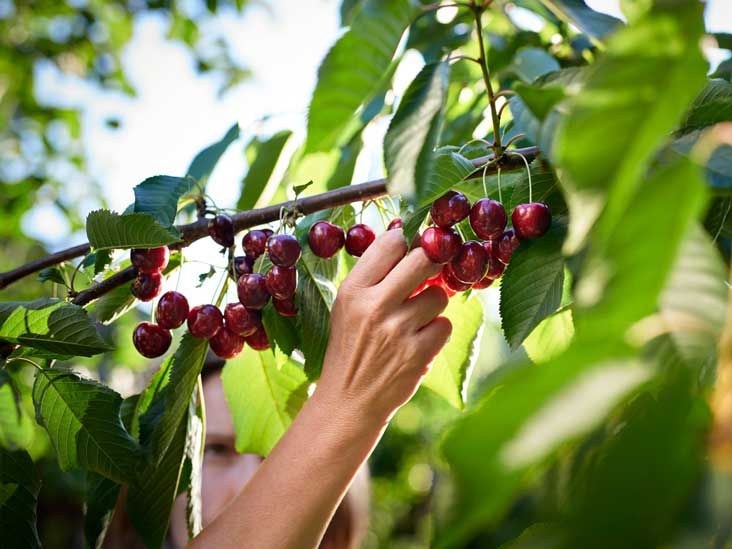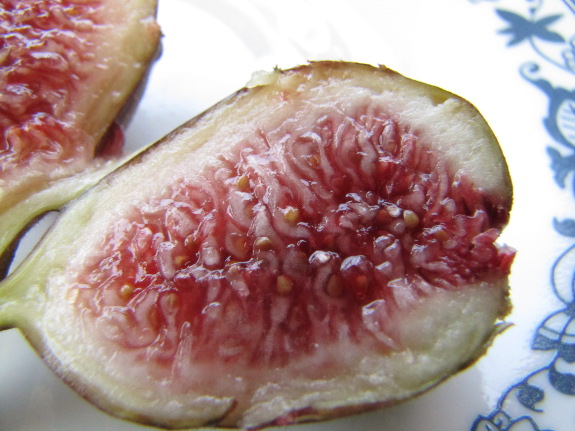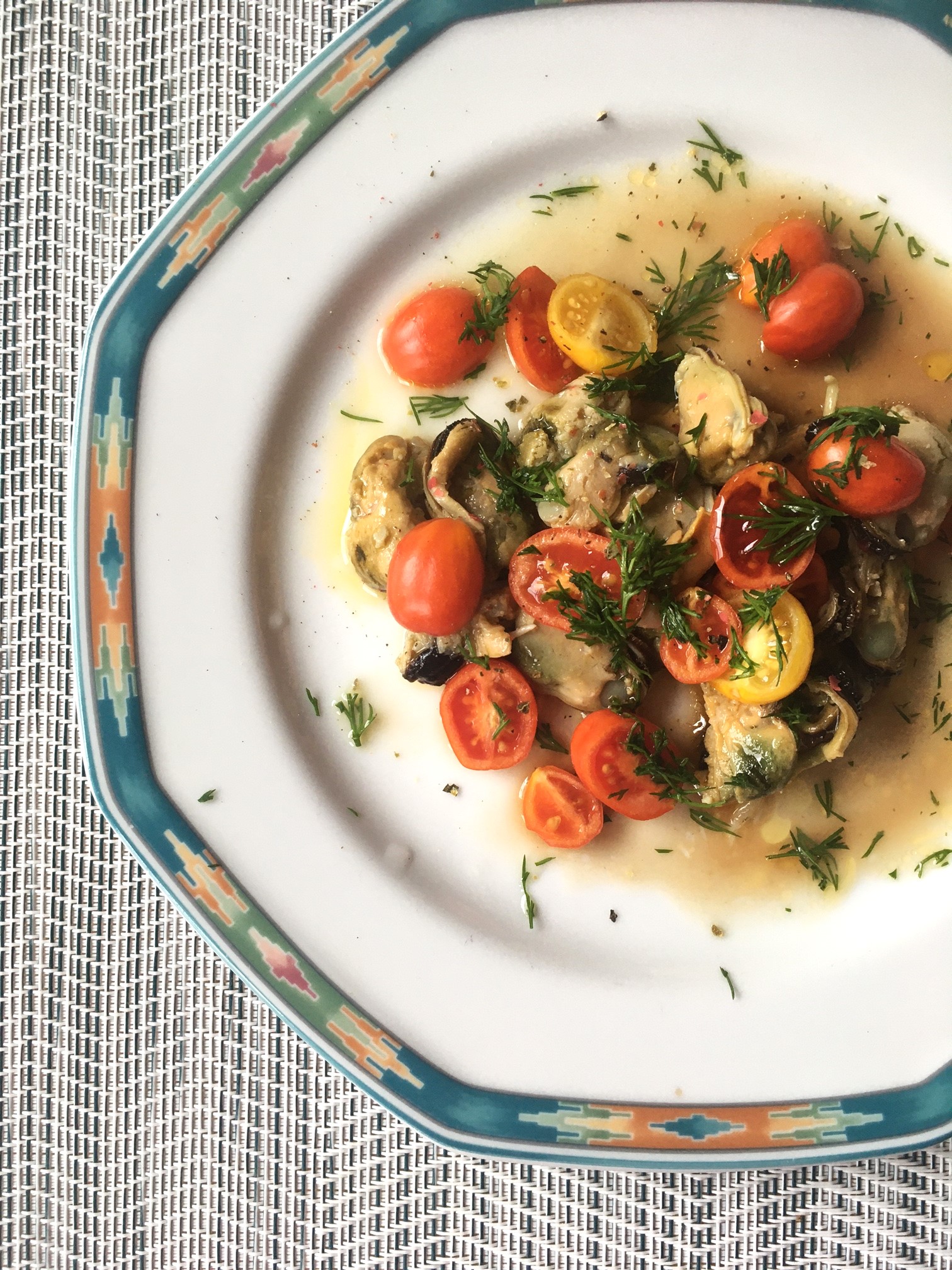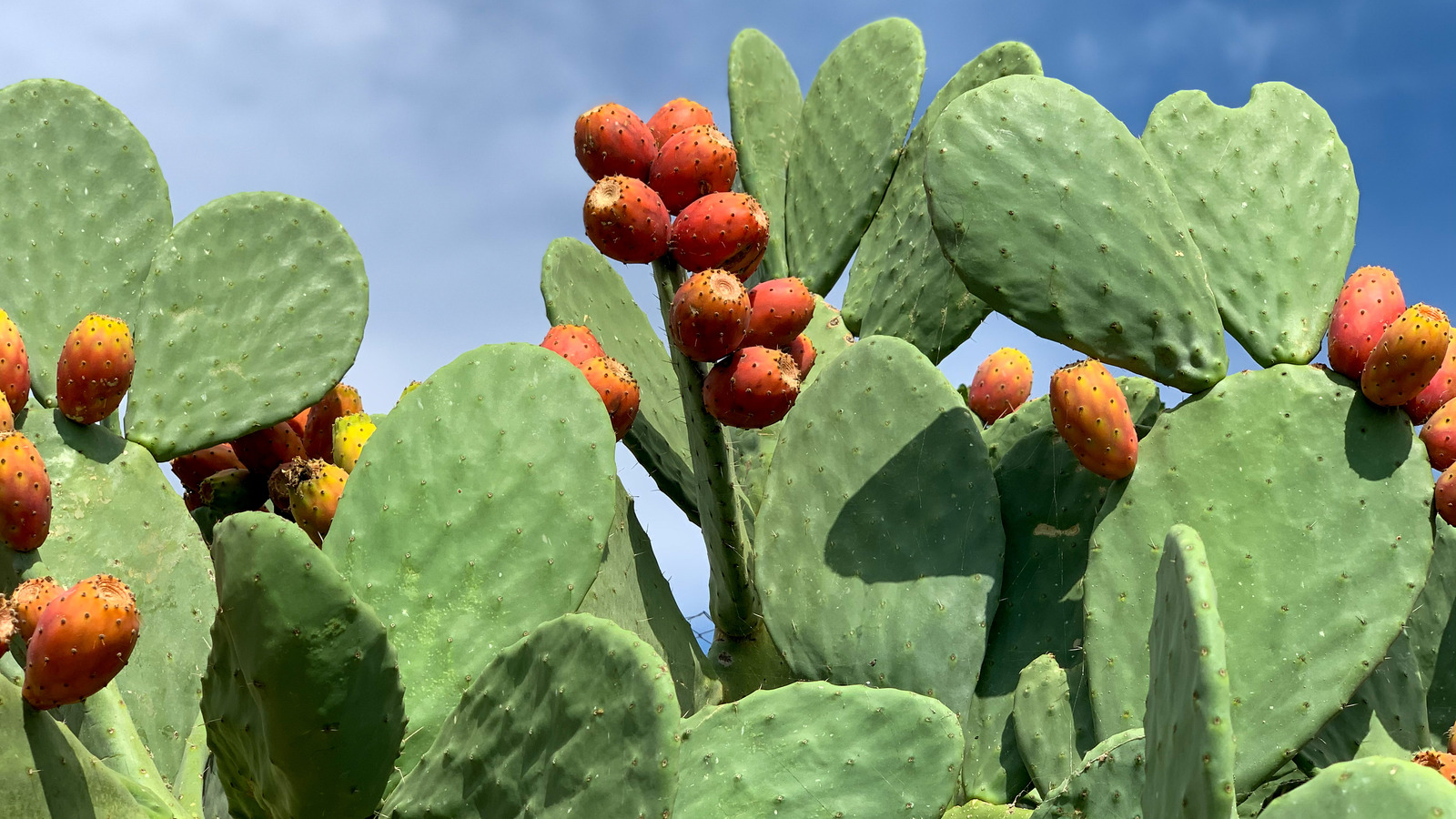Papaya Taste: Unveiling the Exotic Flavors and Health Benefits
– Papaya is a tree-grown fruit found in tropical regions
– It has a pear-shaped appearance with green, yellow, or orange skin
– The flesh is orange with large round seeds
– The taste is mild and the sweetness varies with ripeness
– Papaya can be eaten raw or cooked and added to both savory and sweet dishes
– The seeds have a peppercorn-like flavor
– Papaya is used in chicken dishes, salads, stews, stuffings, salsas, chutneys, smoothies, frozen yogurt, and sorbets
– Papaya can be bought in the produce section of grocery stores year-round
– Ripe papaya should be stored in a plastic bag in the refrigerator, while unripe papaya should be stored in a cool, dry place
– Some people make tea from papaya tree leaves
– Papaya seeds can be used as a substitute for black pepper
– Papaya has several health benefits, including reducing the risk of Alzheimer’s disease and certain types of cancer. It also boosts the immune system, protects the heart, aids in lowering blood sugar for those with type 2 diabetes, fights inflammation, and helps protect the eyes. Additionally, papaya improves digestion and may lower the risk of colon cancer.’
